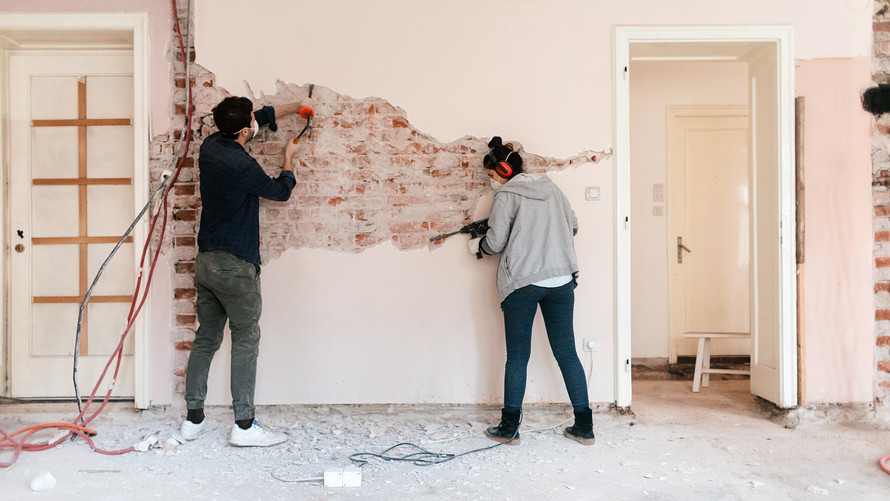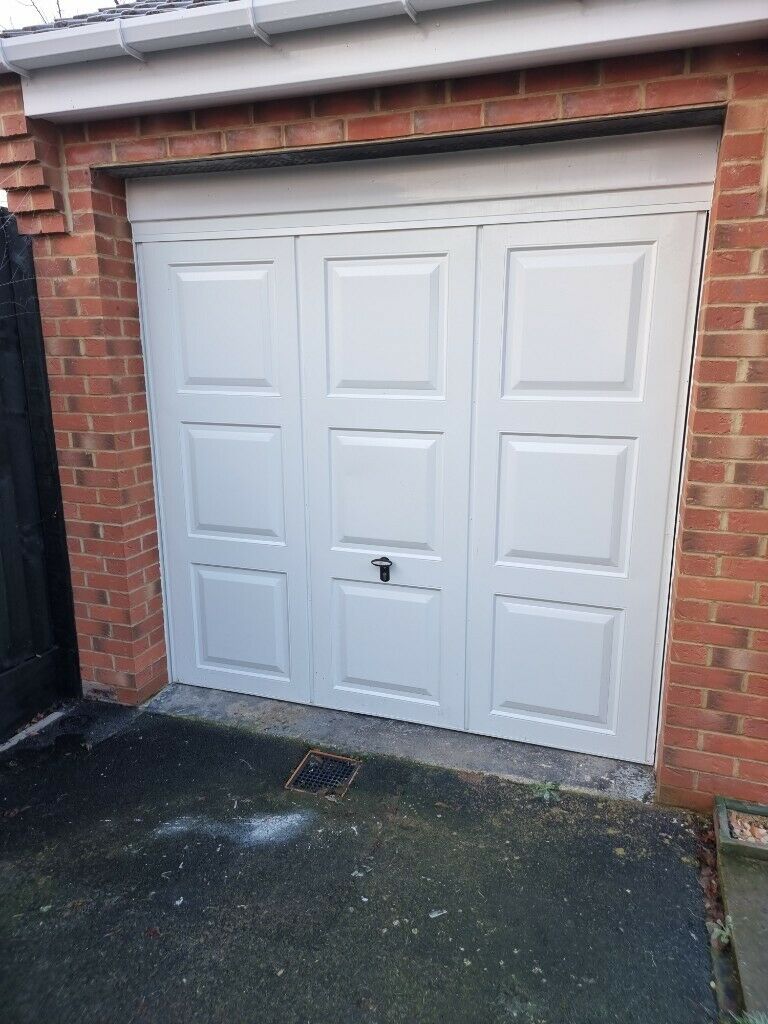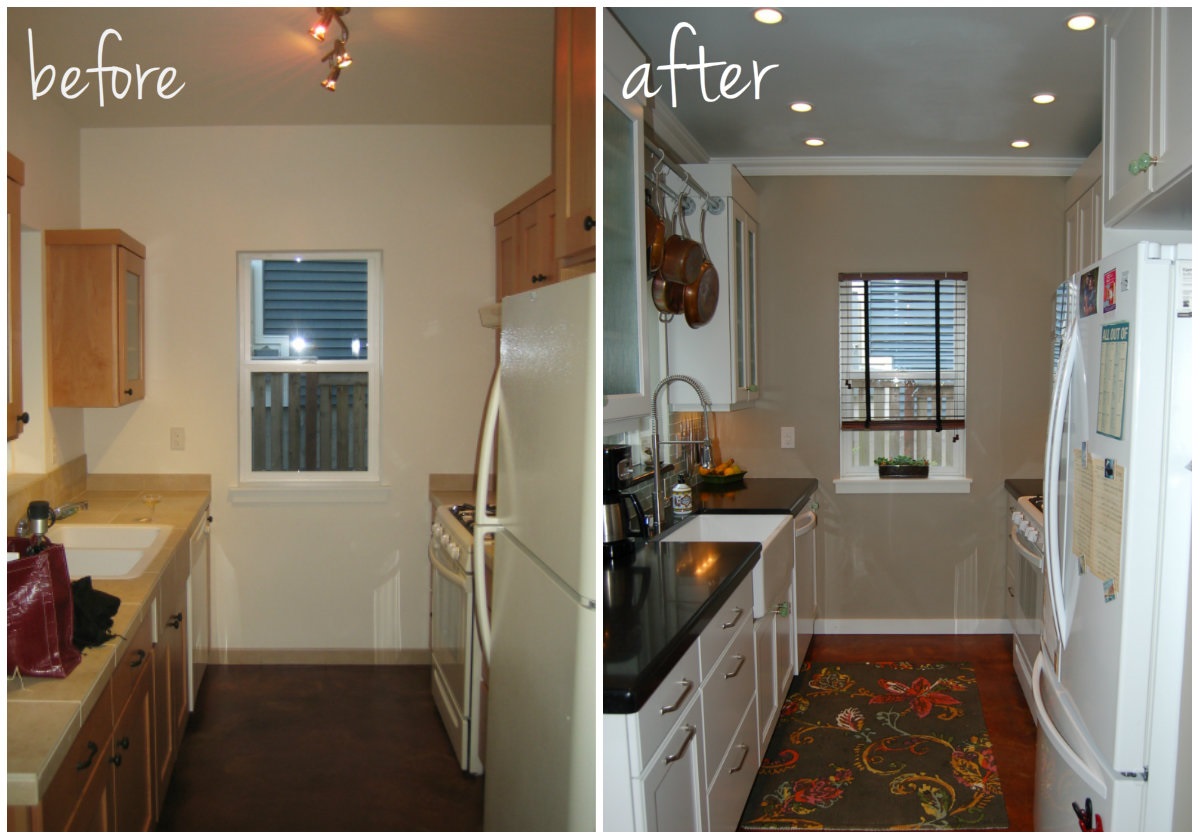
It doesn't matter if you're looking to expand your home, renovate an existing space, or make the house more spacious. There are some things that you should do before you begin to build an addition. Before you start building an addition, take a look at your existing home. This will help you determine which changes are necessary. Spend some time thinking through the project. Do you need professional assistance? There are two ways to add space: you can expand an existing room or make a new addition. The three most common methods of adding extra space are:
Gather the required legal documents before you start adding to your property. This includes a plan that shows your property's boundaries and the vicinity of other buildings. A plot plan will allow you to avoid building any additions that are not within the setbacks. A plot plan is usually available from your local Registry of Deeds. It can be used as a guide when you decide the best way to build your addition.

First, get an estimate of what a home addition will cost. The cost of an addition to a home can vary depending on the homeowner, but a typical room addition costs between $80 and $200 per square foot. If you intend to hire a professional to do the job, you'll need to estimate the cost and materials. If you are not able estimate the costs, it is a good idea that you hire an architect who has experience in residential construction.
It's a great time to make updates to your home once you've built a home extension. You'll be able to fix up old windows and attics. Also, you can update your HVAC system. If you don't have the money to pay for a new HVAC system, you'll still have plenty of money left over to add another room or garage. It's also important to consider your budget when planning a home addition.
It is important to match your existing home with the new addition when planning a home extension. Depending on the space you require, you might need to change the roofline. It is important to match your new addition with the existing structure, but also to preserve the original style. You should also consider the roofline on your existing roof when you add a sunroom.

Apart from adding additional rooms, you can also build a sunroom or an entire second-floor. A sunroom, a unique structure, serves only one purpose: to bring sunlight into your home. It's not as practical as a bathroom or kitchen but it's well worth it. Moreover, a sunroom isn't a true addition, but a sunroom is usually made out of prefabricated materials, like lumber or concrete.
FAQ
How important does it matter to be pre-approved before you apply for a loan
Pre-approval for a mortgage loan is essential. It will give you an estimate of the amount you will need. It helps you to determine if your loan application is eligible.
How do I renovate my house with zero money?
The following steps should be taken when renovating a house without any money:
-
Plan your budget
-
Find out the materials you require
-
Decide where you want to put them
-
Make a list.
-
Find out how much money your have
-
Plan your renovation project
-
Get started on your plans
-
Do some research online
-
Ask friends and family to help
-
Get creative!
Is it more cost-effective to hire a subcontractor or a general contractor?
A general contractor will usually cost more than a subcontractor. General contractors often have many employees and charge clients high labor costs. On the other hand, a subcontractor only hires one employee, so he or she charges less per hour.
Is there anything I can doto save money on my home renovation?
It is possible to save money by doing the work yourself. One way to save money is to try and reduce the number people who are involved in the remodeling process. Another option is to try to lower the cost of the materials you use in your renovations.
Statistics
- It is advisable, however, to have a contingency of 10–20 per cent to allow for the unexpected expenses that can arise when renovating older homes. (realhomes.com)
- Design-builders may ask for a down payment of up to 25% or 33% of the job cost, says the NARI. (kiplinger.com)
- According to the National Association of the Remodeling Industry's 2019 remodeling impact report , realtors estimate that homeowners can recover 59% of the cost of a complete kitchen renovation if they sell their home. (bhg.com)
- On jumbo loans of more than $636,150, you'll be able to borrow up to 80% of the home's completed value. (kiplinger.com)
- A final payment of, say, 5% to 10% will be due when the space is livable and usable (your contract probably will say "substantial completion"). (kiplinger.com)
External Links
How To
How to Renovate an Old House?
First, you need to decide what kind of renovation you want. This could include everything from simply updating your kitchen appliances to completely transforming the whole house into something new.
Once you've decided what sort of renovation you want to carry out, then you need to think about how much money you have available to spend. It is possible that you don’t have the funds necessary to pay for the entire cost of the project. If this is the case, then you need to make some tough decisions about which areas of the house you can afford to improve and which ones you can't.
Before you make the decision to carry out renovations, there are some things that you should do. The most important thing is to ensure that you get any permits required for the job. Also, check to see if you need planning permission in order to do certain types work. For example, if you plan to add extensions to your home, you might need to apply for building consent.
Before you start work on the house it is best to check with the local council website to determine if additional permits are required. Also, check whether you need planning permission for each part of the house that you intend to renovate. You might also need to check with your insurance provider if you are undertaking major work such as installing a roof.
Next, you will need to decide on the tools and materials that are best suited for your job. There are many different options available, so it's important to take your time to research them thoroughly. Paint, wallpaper paste, carpets and tiles are some of the most commonly used items in renovations.
When choosing these items, remember to look at the quality of the product. Low quality products are more likely to be thrown away after a while, while high-quality products last for a longer time and offer better value. When purchasing any product, make sure you purchase the correct amount. It is important not to buy too much, as you may end up wasting valuable resources or having to throw out large quantities of material. You should instead buy only what you really need.
After choosing the right materials for the job you should decide where to keep them while you're renovating the property. Renting storage space might be necessary if you plan on renovating a large part of your home. This will allow you to store all your supplies until you have them ready to go. Another option is to ask friends and family to help you move the items.